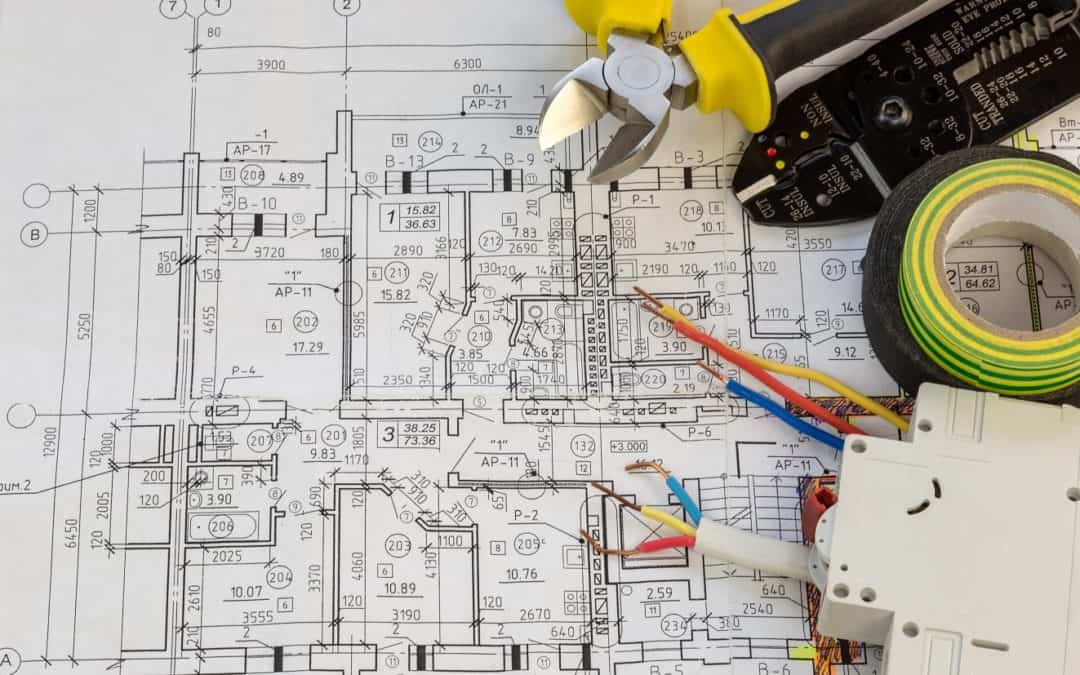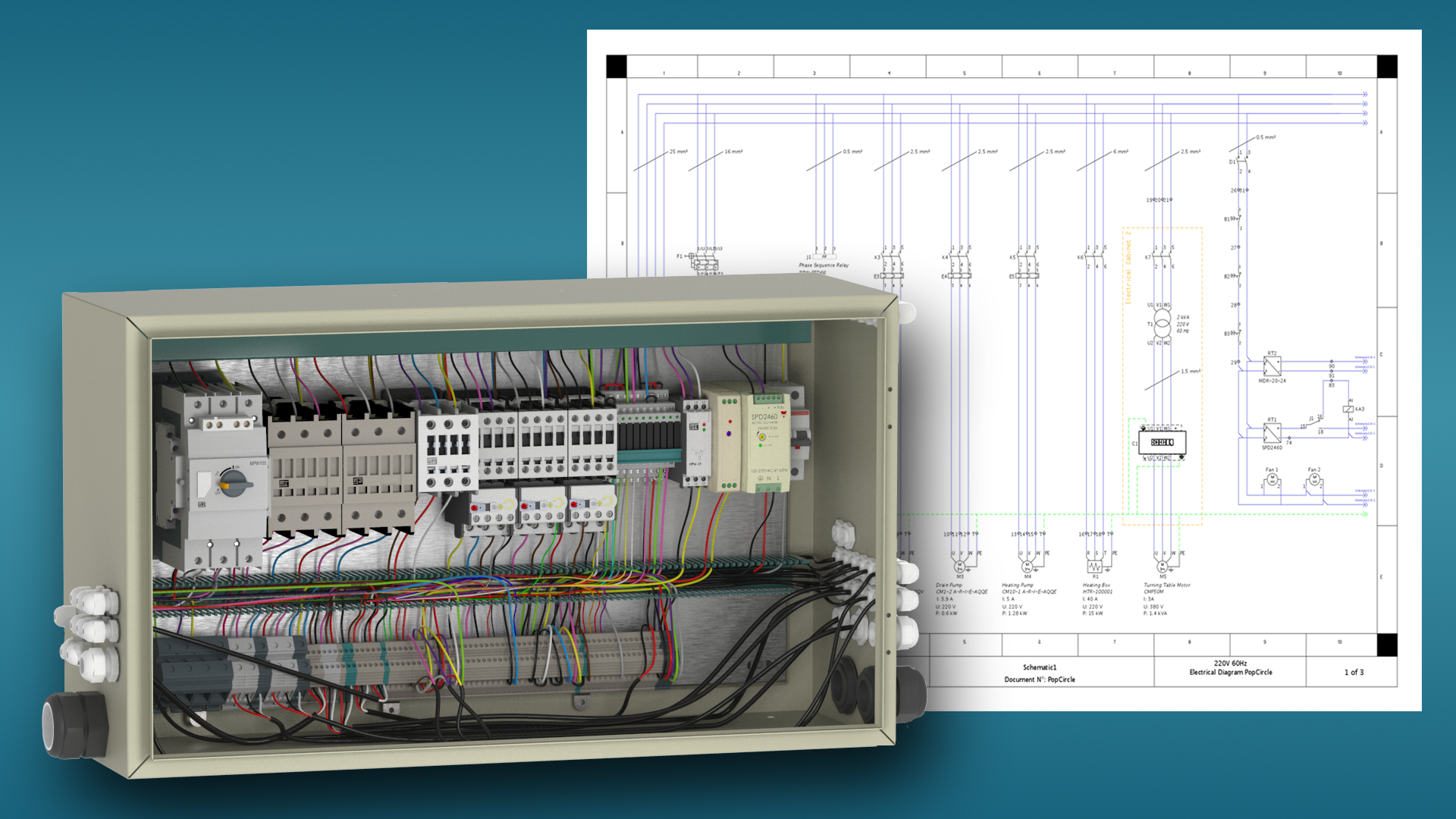Comprehensive Electrical Load Calculation Services for Next Project
Comprehensive Electrical Load Calculation Services for Next Project
Blog Article
Innovative Electric Design Services for Modern Framework
The development of modern framework demands cutting-edge electric design services that not only boost functional efficiency yet also address sustainability obstacles. As metropolitan atmospheres expand increasingly intricate, integrating technologies such as clever grids and eco-friendly energy resources ends up being vital. These innovations not only assure to enhance energy usage yet additionally foster strength against future needs. The landscape of electrical design is undertaking fast improvement, triggering a better examination of arising fads and their implications for long-lasting infrastructure stability. What might the future hold for those who accept these ingenious strategies?
Importance of Ingenious Electric Design
Ingenious electrical design plays an essential role in modern-day infrastructure, affecting not only efficiency yet likewise sustainability. As cities evolve and the demand for energy rises, the demand for innovative electrical systems comes to be extremely important. These systems have to not only fulfill existing needs but also anticipate future development and technical advancements.
A well-executed electrical design can considerably decrease power intake, thus decreasing functional expenses and reducing environmental impact. By incorporating eco-friendly energy resources, such as photovoltaic panels and wind turbines, ingenious layouts can enhance energy independence and strength. Wise grid innovations enable for real-time monitoring and management of power distribution, enhancing performance and decreasing waste.
Security is an additional crucial facet of electric design. Implementing advanced modern technologies and rigorous criteria can reduce dangers linked with electric failings, making certain a safe environment for organizations and locals alike. Additionally, innovative styles assist in adaptability, permitting infrastructures to incorporate emerging technologies seamlessly.
Trick Patterns in Electrical Design
As the landscape of electric design continues to progress, a number of key fads are forming the future of the industry. One significant pattern is the integration of smart technology right into electric systems. The proliferation of the Web of Points (IoT) has actually made it possible for real-time monitoring and control of electrical gadgets, improving efficiency and facilitating predictive maintenance.
Another fad is the expanding emphasis on modular design. This method permits flexible and scalable solutions, making it possible for infrastructure to adapt to altering demands without comprehensive remodellings. Additionally, using sophisticated simulation devices and Building Info Modeling (BIM) is becoming progressively prevalent, streamlining the design procedure and enhancing collaboration among stakeholders.
Moreover, advancements in products science are causing the growth of lighter, a lot more sturdy, and energy-efficient components. This advancement is particularly crucial for high-performance buildings and infrastructure tasks.
Last but not least, there is a marked change in the direction of data-driven decision-making - electrical engineering design services. Leveraging information analytics aids designers optimize systems for efficiency and cost-effectiveness. Together, these fads symbolize a transformative period in electric design, improving performance, sustainability, and durability in modern infrastructure
Sustainable Energy Solutions
Sustainable energy services are significantly becoming a critical emphasis in electric design, showing a more comprehensive commitment to environmental duty and resource effectiveness. These services intend to lessen ecological influence while optimizing energy intake in various facilities, from residential buildings to huge commercial facilities.
One of the leading strategies involves the combination of renewable resource sources, such as solar here are the findings panels and wind turbines, right into electrical systems. This not just minimizes dependency on nonrenewable fuel sources however also enhances energy strength. In addition, innovative energy storage systems, such as sophisticated batteries, make it possible for efficient management and circulation of power, making certain that excess power generated during height manufacturing can be used throughout high need periods.
Moreover, energy-efficient design methods are being adopted to improve total system efficiency. This consists of using energy-efficient lighting, heating and cooling systems, and smart structure technologies that monitor and adjust energy use based on occupancy and environmental conditions.
Smart Grid Technologies
The application of sustainable energy remedies naturally brings about the expedition of smart grid modern technologies, which play a critical role in improving electrical systems. Smart grids take advantage of advanced interaction technologies and information analytics to enhance the reliability, efficiency, and sustainability of power circulation. By integrating electronic innovation with standard grid framework, these systems facilitate real-time monitoring, automated control, and enhanced decision-making capabilities.
Among the essential functions of smart grids is their capability to suit eco-friendly power resources, such as solar and wind power. This flexibility not only reduces dependency on nonrenewable fuel sources yet additionally enables an extra decentralized power production model. Smart grids enable need feedback programs, you can try here where consumers can change their power usage based on real-time rates, thereby advertising energy preservation and reducing peak tons needs.
Furthermore, clever grid modern technologies boost grid durability by making it possible for quicker identification and resolution of outages, eventually minimizing downtime. With predictive upkeep and analytics, utilities can improve and optimize procedures service shipment. As cities and neighborhoods continue to develop, wise grid technologies are essential for developing a lasting and efficient electric infrastructure that satisfies the needs of modern-day society.

Future-Proofing Infrastructure
To make sure long-lasting stability and adaptability, future-proofing facilities is essential in the swiftly developing landscape of electrical design solutions. As innovation developments and energy demands change, it is crucial that electrical systems are designed with versatility in mind. This involves including scalable solutions that can accommodate future upgrades without necessitating extensive overhauls.

In addition, sustainability has to be a cornerstone of future-proofed designs. Using renewable energy sources, such as solar and wind, and optimizing energy efficiency reduce dependence on nonrenewable fuel sources, lining up with worldwide efforts to combat climate adjustment.
Verdict
By prioritizing efficiency, sustainability, and versatility, these services resolve the evolving demands these details of energy systems. The integration of wise grid technologies and lasting power solutions improves resilience and lowers functional expenses.
A well-executed electric design can substantially lower power consumption, consequently decreasing operational expenses and minimizing ecological influence. By incorporating eco-friendly energy resources, such as solar panels and wind generators, ingenious designs can enhance power self-reliance and resilience. In addition, ingenious energy storage space systems, such as advanced batteries, allow efficient administration and circulation of energy, ensuring that excess power produced during optimal production can be utilized during high need periods.
Wise grids allow need response programs, where customers can readjust their power usage based on real-time pricing, thereby advertising power preservation and minimizing peak lots demands. (residential electrical design)
As technology developments and energy demands shift, it is important that electric systems are developed with flexibility in mind.
Report this page